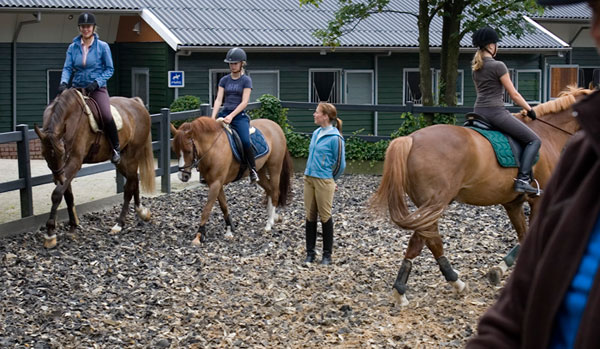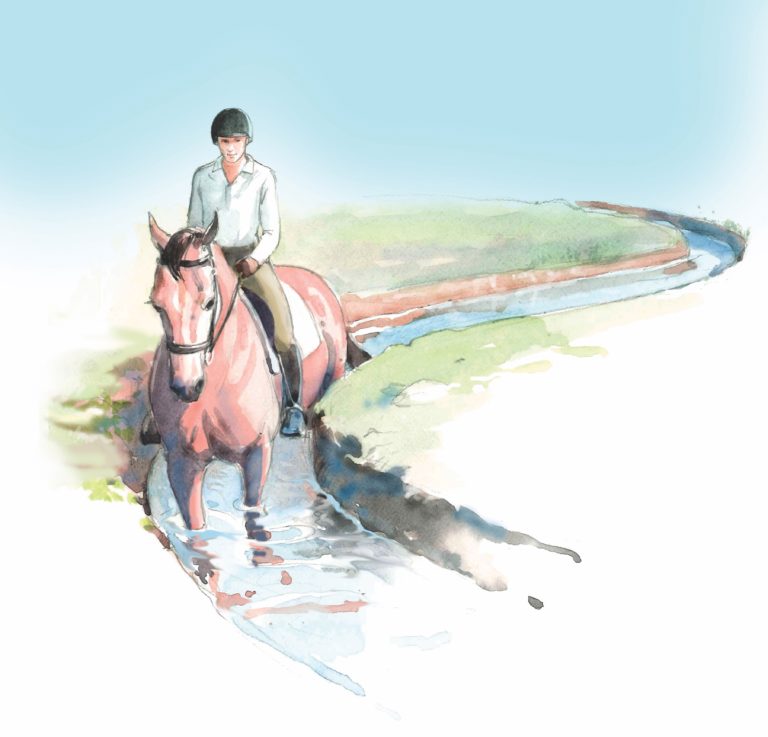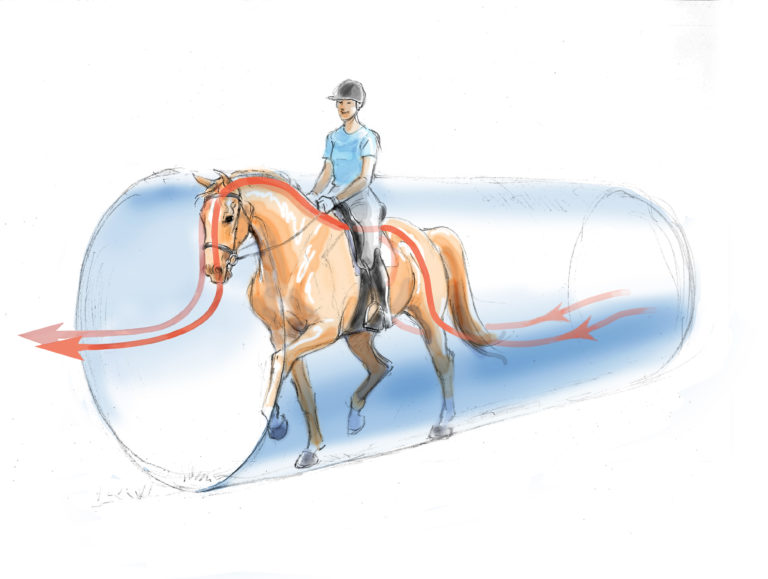Q: I have an advanced-beginner student who gets easily discouraged. Could you suggest ways to motivate dressage students, making sure they feel they have accomplished something every time they get off the horse, even when riding a school horse that is difficult (e.g., difficult to steer left when the rider takes too much inside rein)? Also, how do you organize a lesson?
Lois Kalinowski
Dallas, Texas

A: As an instructor, I am always working to make sure my students remain engaged in the learning process. One area of teaching I find very important is figuring out ways to keep students positive about their riding and the progress they are making during each of their rides and lessons.
Something all riders struggle with is becoming discouraged. No matter if you are working to perfect the piaffe-to-passage transition or trying to get that 20-meter circle at the rising trot just right, it is all difficult and can be elusive at times.
The way I approach my lessons, regardless of rider level, is I ask my student the following three questions:
1. What have you been working on?
2. How has that work been going?
3. What are your goals for this lesson?
If the goals are in sync with a logical progression of her training, I then verbalize a tentative outline for how I would like the lesson to go, including some exercises I think will be helpful in attaining the goal.
Being flexible is important. Horses seem to always sense an agenda and enjoy throwing wrenches in plans.
Whenever a student is having a difficult time, I find that it is helpful to keep her positive by focusing on the positive. This doesn’t mean being an overly fluffy cheerleader or avoiding constructive criticism, but instead means calling attention to what the rider did well. For example, I might explain how this circle or that half pass was better than the one she did before and then go into what still needs improvement. I break exercises or movements down into pieces that can be tackled one at a time to prevent the student from feeling overwhelmed.
I also try to get students to repeat what they did well and improve on another small bit the next time, and so on. I like my students to be verbally engaged in the lesson. I also try to keep asking them questions. I want them to communicate to me what they are feeling underneath them and to be able to describe to me what went right and what may have gone wrong. It keeps them more focused on the cognitive aspects of the sport and aids for a better understanding of the big picture. I find that if a rider has a clearer understanding of the journey, she is less apt to become discouraged.
I also remind riders that we have all been where they are at one time or another. They are not alone when they find an exercise to be difficult. If it were easy, we would all be international riders overnight.
At the end of the lesson I like to revisit what we worked on and then discuss homework. I like the student to tell me what she did well and what needs improvement and how she is going to make those improvements before our next lesson. Even if the lesson was a hard one, I want to make sure that the rider and I walk away knowing that some progress—no matter how small—has been made.
Jennifer R. Roth is a USDF bronze, silver and gold medalist, a USDF “L” Education Program graduate with distinction who has been accepted into the USEF “r” program as well as an FEI trainer, competitor and instructor. Based in Galena, Ohio, she is Otterbein University’s Intercollegiate Dressage Association coach.












